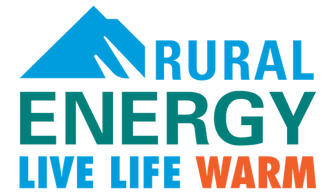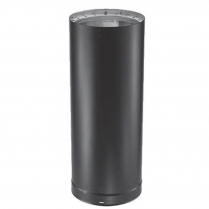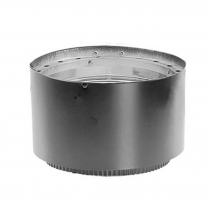Stove Pipe Chimney Venting: Efficient and Safe Stove Operations
At Rural Energy, we prioritize quality venting systems, offering a selection of stainless steel and black stove pipes. Stainless steel variants ensure corrosion resistance and durability, while black stove pipes provide a traditional, sleek look.
Adaptable Venting Options
Choose from our single or double-wall stove pipes based on your installation needs. The double-wall option offers added insulation, ideal for spaces with limited room. Our range, sourced from top industry brands, caters to both standard and bio-fuel venting requirements, ensuring your stove's peak efficiency and safety.
Discover our stove pipe chimney venting solutions for a reliable, long-lasting, and efficient stove system.
Specialty Stove Pipe Venting Solutions:
Double Wall Stovepipe: Enhanced Safety and Performance
The DVL's double-wall, air-insulated design dramatically reduces clearances to combustibles from 18 inches to a mere 6 inches, boasting the closest wall clearance of any connector pipe. This design not only enhances safety but also improves stove performance. The stainless steel inner wall ensures rapid heating, prolonged heat retention, minimized creosote formation, and a lifespan matching the chimney. With adjustable lengths, there's no need for cutting or crimping, simplifying installation.
Pellet & Biofuels: Efficient Venting for Modern Fuels
PelletVent Pro® stands out as a durable, attractive venting system designed for wood pellet, corn, other biofuels, and oil-fueled stoves and inserts. Now UL listed in both the US and Canada, it offers a mere 1″ clearance to combustibles. Its double-wall, air-insulated construction ensures superior venting performance, making it a preferred choice for modern homes.
All-Fuel Systems: Versatile Venting for Multiple Fuels
All-Fuel systems, often termed as "Class A chimneys" or "Factory built chimneys," are tailored to vent low-heat residential appliances powered by diverse fuels like wood, coal, oil, or gas. DuraTech's All-Fuel system stands out with its Thermal Tech blanket insulation nestled between dual walls, ensuring the outer wall remains cool while maintaining optimal flue gas temperatures for consistent draft performance.
Single Wall Black Pipe: Cost-Effective and Reliable
For situations where clearance isn't a concern, DuraBlack® offers an affordable, drip-free single-wall stovepipe solution. Manufactured to DuraVent's stringent standards, it comes with die-formed end fittings, eliminating the need for cutting or crimping, thanks to its adjustable lengths.
Gas Pipe: Versatile Piping for Multiple Applications
Gas piping systems transport natural gas directly from the supply to various household appliances. Comprising branch lines that lead to individual devices, they further connect to drop lines, which descend vertically to each appliance. Beyond heating, gas pipes can fuel a plethora of appliances, from hot water systems and cooking stoves to fireplaces and washing machines, underscoring their versatility in modern homes.













